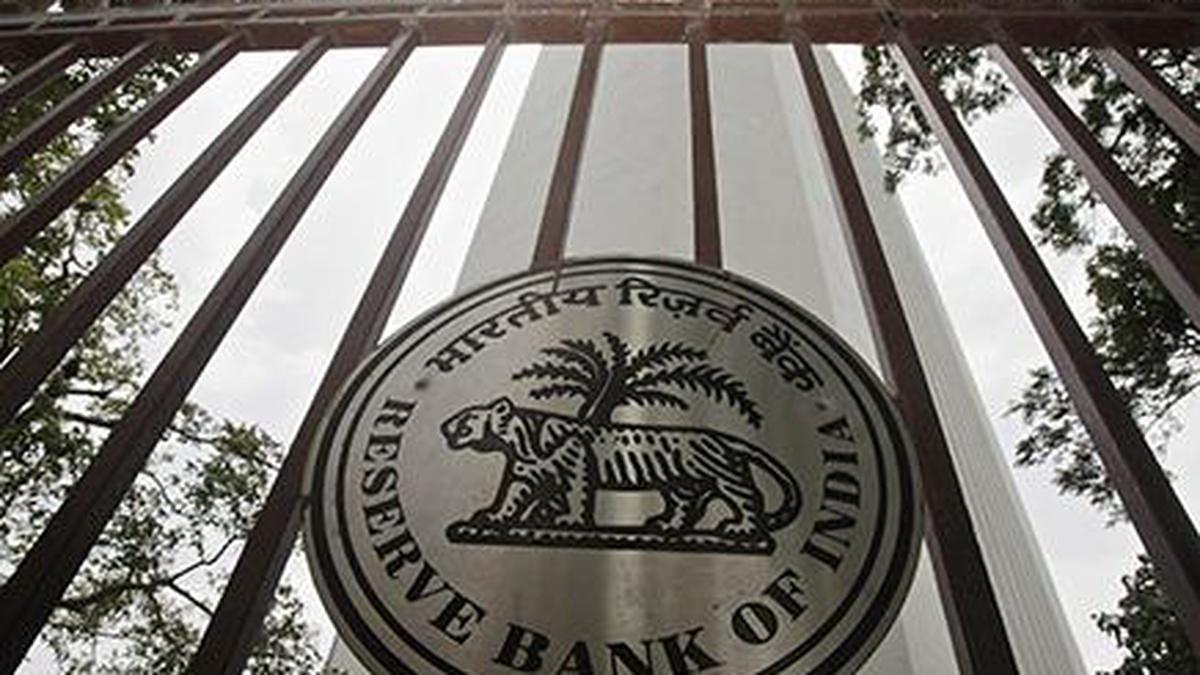Comprehensive Guide to RBI’s Master Direction on Interest Rate on Deposits: Compliance Framework for Financial Institutions
Introduction
The Reserve Bank of India’s Master Direction on Interest Rate on Deposits establishes the regulatory framework governing how banks and financial institutions determine, offer, and modify interest rates on various deposit products. This directive ensures transparency, fair practices, and stability in the deposit ecosystem while protecting depositor interests.
What is the Master Direction on Interest Rate on Deposits?
This Master Direction outlines the principles and parameters within which banks and financial institutions must operate when setting interest rates on different deposit schemes, including savings accounts, current accounts, fixed deposits, and special category deposits. It encompasses rate determination methodologies, disclosure requirements, and operational guidelines.
Why is Interest Rate Regulation Required?
- Ensures fair and transparent deposit pricing across the financial system
- Protects depositor interests, especially senior citizens and vulnerable groups
- Promotes healthy competition while preventing predatory practices
- Maintains financial stability through standardized interest rate policies
- Facilitates effective monetary policy transmission
Key Requirements Under the Master Direction
Savings Deposit Interest Rate Framework
- Deregulated rates subject to uniform application for comparable amounts
- Minimum balance requirements and associated charges
- Calculation methods for daily/monthly product basis
- Standardized frequency of interest payment
Term Deposit Interest Rate Structure
- Freedom to determine rates for deposits above specific thresholds
- Standardized calculation methods with quarterly compounding
- Differential rates based on deposit size and tenor
- Special provisions for bulk deposits (typically ₹2 crore and above)
Special Category Deposit Schemes
- Additional interest rates for senior citizens (typically 0.50% higher)
- Provisions for staff members of banks (typically 1% higher)
- Special schemes for non-resident deposits
- Interest rate guidelines for specialized savings schemes
Operational Requirements
- Uniform rate application for same maturity and amount
- Prior approval requirements for introducing new deposit products
- Display of interest rates at all branches and websites
- Disclosure standards for effective yields considering compounding
Rate Change Implementation
- Application of revised rates for fresh deposits and renewals only
- Prohibition of mid-term rate changes except for floating rate products
- Advance notification requirements for rate modifications
- Option for depositors in case of downward rate revisions
Applicability Across Financial Institutions
Scheduled Commercial Banks
- Complete adherence to all provisions with customized rate-setting freedom
- Specialized deposit schemes unique to different bank categories
- Quarterly reporting requirements on deposit rate movements
NBFCs by Asset Size
- NBFC-Upper Layer: Deposit-taking NBFCs must align with bank-like transparency standards
- NBFC-Middle Layer: Modified disclosure requirements for deposit rates
- NBFC-Base Layer: Basic compliance with rate display provisions
Small Finance Banks and Payment Banks
- Special provisions considering their focus on financial inclusion
- Modified interest rate caps on savings accounts
- Additional disclosures for first-time depositors
Cooperative Banks
- Adjusted compliance requirements based on banking license type
- Special provisions for member deposits
- Modified bulk deposit thresholds
Penalties for Non-Compliance
- Monetary penalties up to ₹1 crore for systematic violations
- Regulatory directives restricting deposit mobilization
- Public disclosure of compliance failures
- Enhanced supervisory oversight and mandatory corrective action
- Impact on banking license and expansion approvals
Recent Updates and Amendments
- Revised guidelines for bulk deposit interest rates
- Core banking solution integration requirements for interest calculations
- Digital display standards for online and mobile banking platforms
- Special provisions for unclaimed deposits
- Interest application policies during bank mergers/acquisitions
Industry Best Practices
- Dynamic interest rate dashboards on digital platforms
- Personalized interest rate calculators for customers
- Automated maturity alerts with current rate information
- Transparent comparison tools for different deposit options
- Specialized advisory services for deposit portfolio optimization
Conclusion
RBI’s Master Direction on Interest Rate on Deposits strikes a balance between regulatory oversight and market-driven pricing. Financial institutions that embrace both the letter and spirit of these regulations stand to build stronger depositor relationships based on transparency and trust, which ultimately contributes to a stable and resilient financial system.














